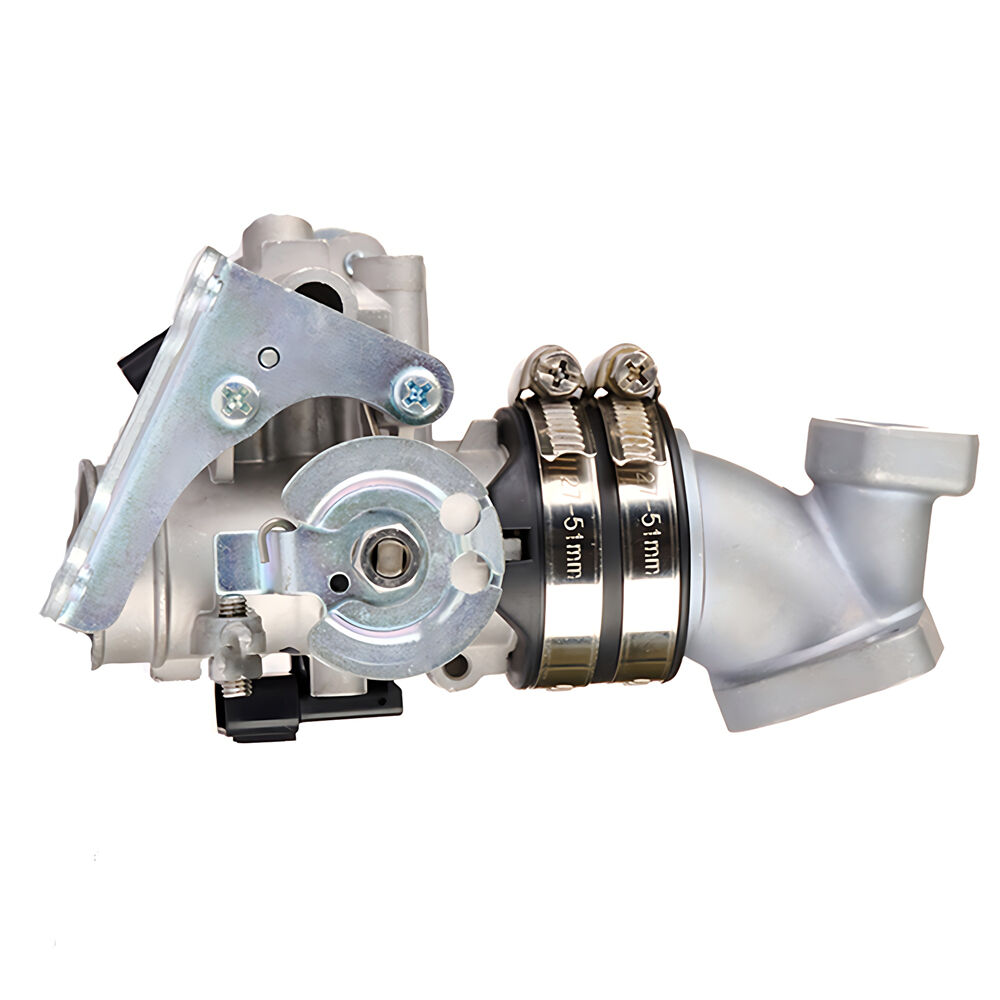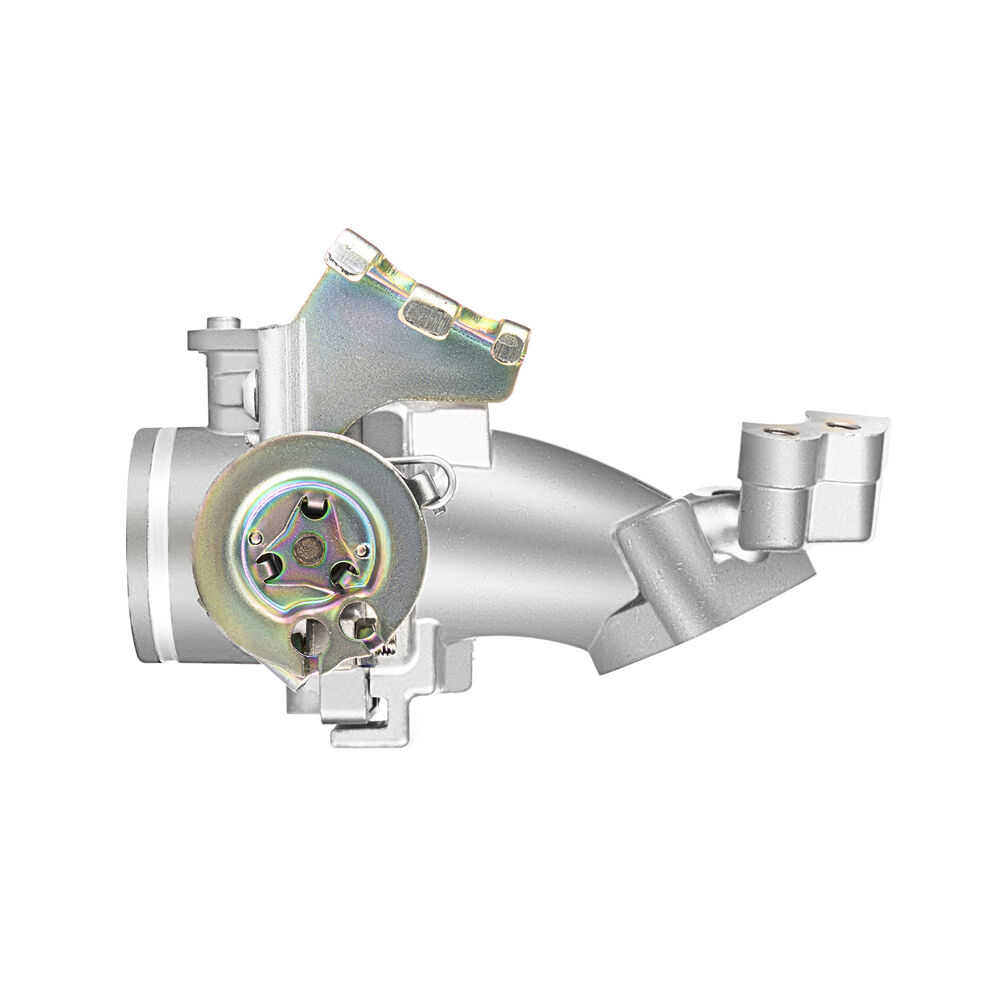βαλβίδα σώματος πολλαπλής εισαγωγής
Η βαλβίδα του στροφαλοθήκης αποτελεί ζωτικής σημασίας εξάρτημα στις σύγχρονες μηχανές εσωτερικής καύσης, καθώς λειτουργεί ως βασικός μηχανισμός ελέγχου για τη ρύθμιση της εισαγωγής αέρα. Αυτή η ακριβώς κατασκευασμένη διάταξη δρα ως πύλη, ρυθμίζοντας τον όγκο του αέρα που εισέρχεται στη μηχανή, βάσει της εισόδου του οδηγού μέσω του πεντάλ του γκαζιού. Η βαλβίδα του στροφαλοθήκης βρίσκεται μεταξύ του φίλτρου αέρα και του αγωγού εισαγωγής, και αποτελείται από μια πεταλούδα βαλβίδας που περιστρέφεται σε έναν άξονα, ανοίγοντας και κλείνοντας για να ρυθμίζει τη ροή του αέρα. Όταν ο οδηγός πατάει το πεντάλ του γκαζιού, η βαλβίδα του στροφαλοθήκης ανοίγει περισσότερο, επιτρέποντας σε περισσότερο αέρα να εισέρχεται στη μηχανή, ο οποίος στη συνέχεια αναμιγνύεται με καύσιμο για να δημιουργηθεί η βέλτιστη αναλογία αέρα-καυσίμου για την καύση. Οι σύγχρονες βαλβίδες του στροφαλοθήκης περιλαμβάνουν συστήματα ηλεκτρονικού ελέγχου της γκαζιέρας (ETC), γνωστά και ως τεχνολογία drive-by-wire, τα οποία αντικαθιστούν τις παραδοσιακές μηχανικές συνδέσεις με εξελιγμένους ηλεκτρονικούς αισθητήρες και ελεγκτές. Αυτή η πρόοδος επιτρέπει ακριβέστερη διαχείριση του αέρα, βελτιωμένη καυσίμου απόδοση και ενισχυμένη απόδοση της μηχανής. Η βαλβίδα του στροφαλοθήκης λειτουργεί επίσης σε συνδυασμό με τη μονάδα ελέγχου της μηχανής (ECU) του οχήματος, για να διατηρείται η βέλτιστη ταχύτητα της μηχανής στη θέση αδρανοποίησης και να εξασφαλίζεται ομαλή επιτάχυνση σε διάφορες συνθήκες οδήγησης.


